elemintalshop
Goddess Minerva & Olive Tree 100 Lire Italy Authentic Coin Money for Jewelry and Craft Making (Goddess Athena)
Goddess Minerva & Olive Tree 100 Lire Italy Authentic Coin Money for Jewelry and Craft Making (Goddess Athena)
Couldn't load pickup availability
Goddess Minerva & Olive Tree 100 Lire Italy Authentic Coin Money for Jewelry and Craft Making (Goddess Athena)
Obverse: Female head with laurel wreath facing left, dividing the country name on both sides. Names of the designer and engraver below.
Lettering: REPVBBLICA ITALIANA
Translation: ITALIAN REPUBLIC
Reverse: Goddess Minerva facing left reaching an olive tree with her raised right hand while in the left holds a long spear. Value at left of olive trunk; mintmark at right of the Goddess. Date below, in exergue.
Features
Issuer Italy
Period Republic (1946-date)
Type Standard circulation coin
Years 1955-1989
Value 100 Lire (100 ITL)
Currency Lira (1861-2001)
Composition Stainless steel
Weight 8 g
Diameter 27.8 mm
Thickness 2.0 mm
Shape Round
Orientation Coin alignment ↑↓
Demonetized 02-28-2002
Number N# 304
References KM# 96.1, Schön# 96
Wikipedia:
Minerva /mɪˈnɜːrvə/ (Latin: [mɪˈnɛrwa]; Etruscan: Menrva) is the Roman goddess of wisdom and strategic warfare, justice, law, victory, and the sponsor of arts, trade, and strategy. Minerva is not a patron of violence such as Mars, but of defensive war only. From the second century BC onward, the Romans equated her with the Greek goddess Athena. Minerva is one of the three Roman deities in the Capitoline Triad, along with Jupiter and Juno.
She was the virgin goddess of music, poetry, medicine, wisdom, commerce, weaving, and the crafts. She is often depicted with her sacred creature, an owl usually named as the "owl of Minerva", which symbolised her association with wisdom and knowledge as well as, less frequently, the snake and the olive tree. Minerva is commonly depicted as tall with an athletic and muscular build, as well as wearing armour and carrying a spear. As the most important Roman goddess, she is highly revered, honored, and respected. [6] Marcus Terentius Varro considered her to be ideas and the plan for the universe personified.
Minerva is a prominent figure in Roman mythology. She appears throughout many famous myths. Many of the stories of her Greek counterpart Athena are attributed to Minerva in Roman mythology, such as that of the naming of Athens resulting from a competition between Minerva and Neptune, in which Minerva created the olive tree.
Worship in Rome and Italy
Minerva was worshipped at many locations in Rome, most prominently as part of the Capitoline Triad. She was also worshipped at the Temple of Minerva Medica, and at the "Delubrum Minervae", a temple founded around 50 BC by Pompey on the site now occupied by the church of Santa Maria sopra Minerva.
The Romans celebrated her festival from March 19 to March 23 during the day which is called, in the neuter plural, Quinquatria, the fifth day after the Ides of March, the nineteenth, an artisans' holiday. This festival was of deepest importance to artists and craftsmen as she was the patron goddess of crafting and arts. According to Ovid (Fasti 3.809) the festival was 5 days long, and the first day was said to be the anniversary of Minerva's birth, so no blood was to be shed. The following four days were full of games of "drawn swords" in honour of Minerva's military association. Suetonius tells us (Life of Domitian 4.4) that Domitian celebrated the Quinquatria by appointing a college of priests who were to stage plays and animal games in addition to poetry and oratory competitions. A lesser version, the Minusculae Quinquatria, was held on the Ides of June, June 13, by the flute-players, as Minerva was thought to have invented the flute. In 207 BC, a guild of poets and actors was formed to meet and make votive offerings at the temple of Minerva on the Aventine Hill. Among others, its members included Livius Andronicus. The Aventine sanctuary of Minerva continued to be an important center of the arts for much of the middle Roman Republic.
As Minerva Medica, she was the goddess of medicine and physicians. As Minerva Achaea, she was worshipped at Lucera in Apulia where votive gifts and arms said to be those of Diomedes were preserved in her temple.
We know due to the Acta Arvalia that a cow was sacrificed to Minerva on October 13 58 AD along with many other scrifices to celebrate the anniversary of Nero coming to power. On January 3 81 AD, as a part of the New Year vows, two cows were sacrificed to Minerva (among many others) to secure the well-being of the emperor Titus, Domitian Caesar, Julia Augusta, and their children. On January 3 87 AD there is again record of a cow being sacrificed to Minerva among the many sacrifices made as a part of the New Year vows.
In Fasti III, Ovid called her the "goddess of a thousand works" due to all of the things she was associated with. Minerva was worshipped throughout Italy, and when she eventually became equated with the Greek goddess Athena, she also became a goddess of battle. Unlike Mars, god of war, she was sometimes portrayed with sword lowered, in sympathy for the recent dead, rather than raised in triumph and battle lust. In Rome her bellicose nature was emphasized less than elsewhere.
According to Livy's History of Rome (7.3), the annual nail marking the year, a process where the praetor maximus drove a nail into to formally keep track of the current year, happened in the temple of Minerva because she was thought to have invented numbers.
There is archaeological evidence to suggest that Minerva was worshipped not only in a formal civic fashion, but also by individuals on a more personal level.
Share
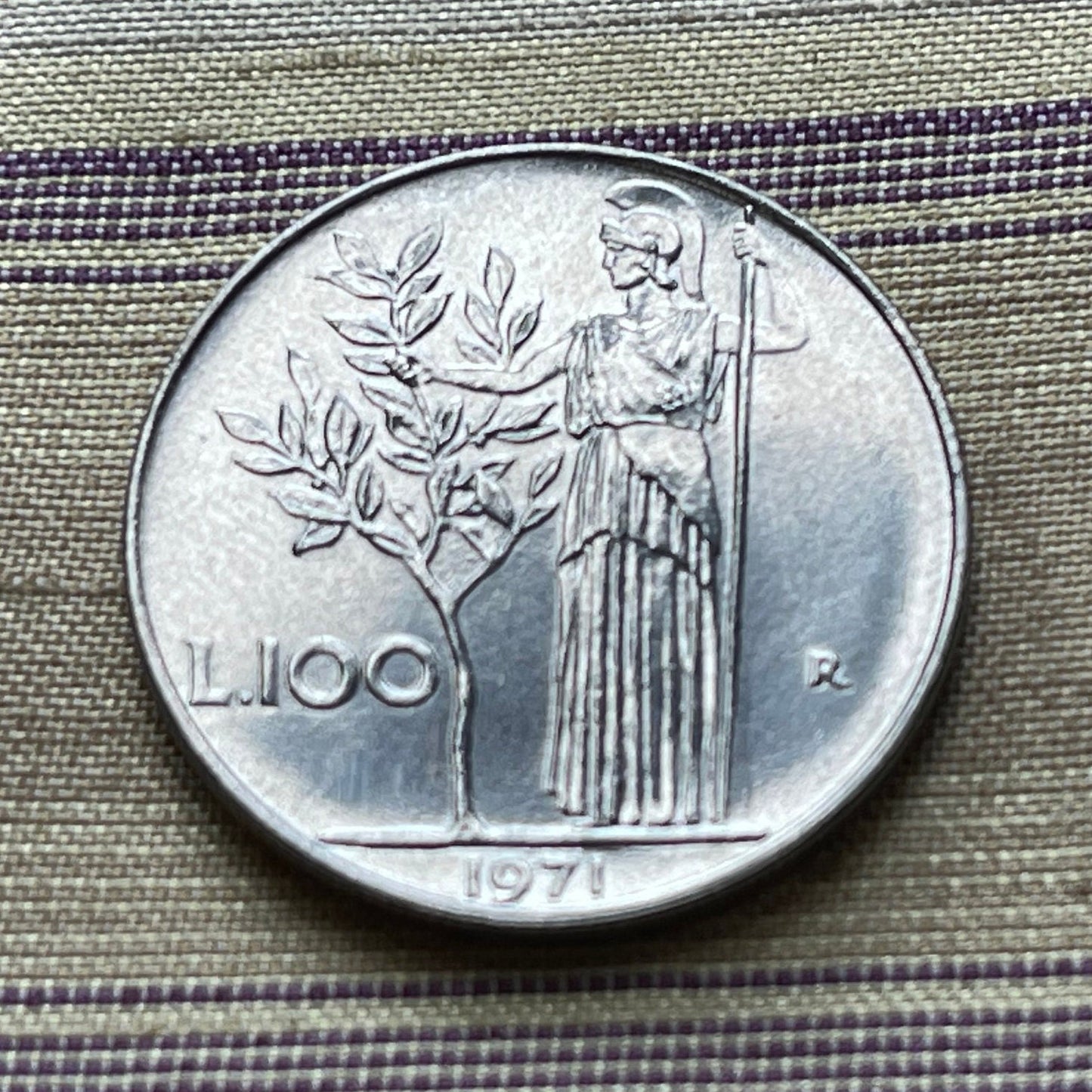
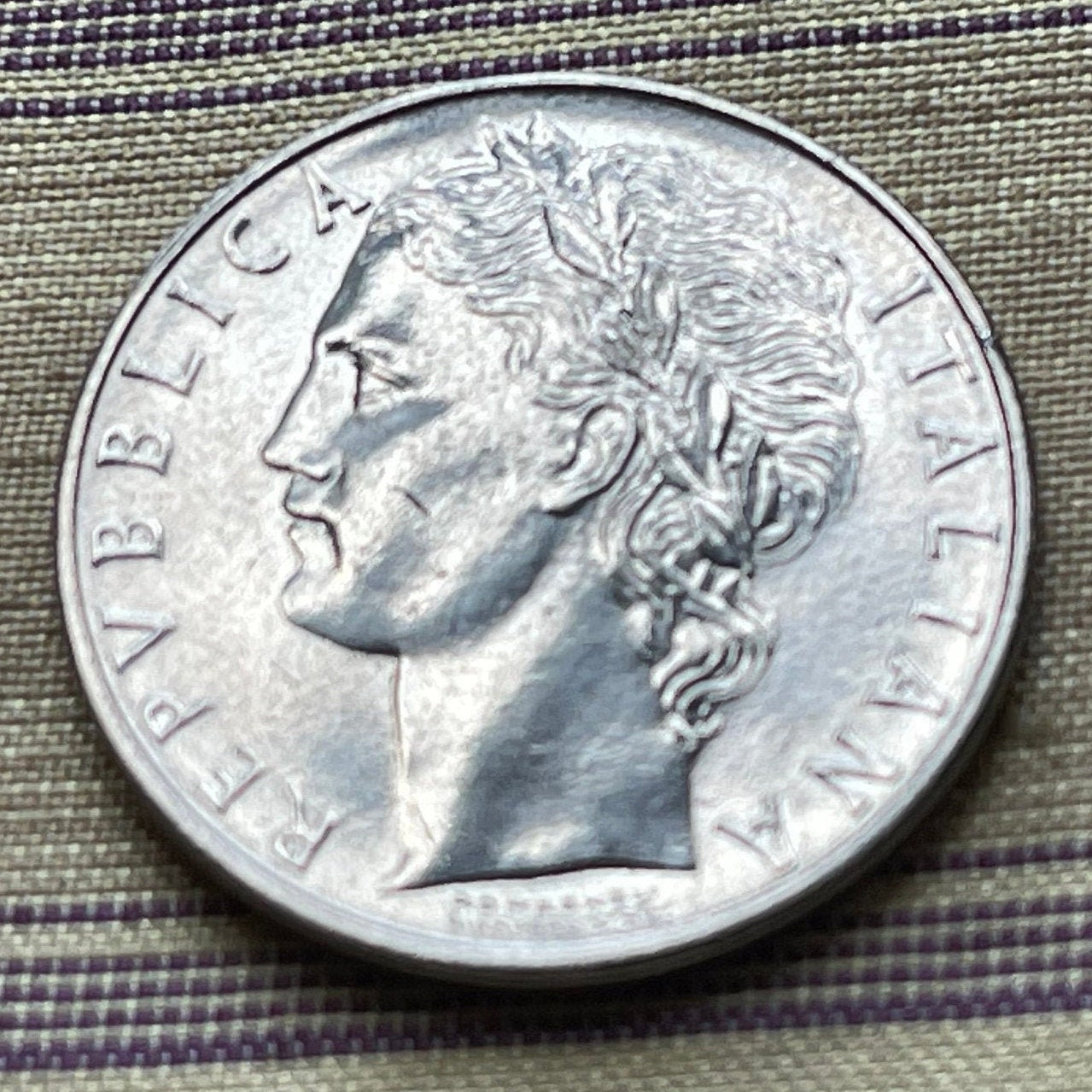
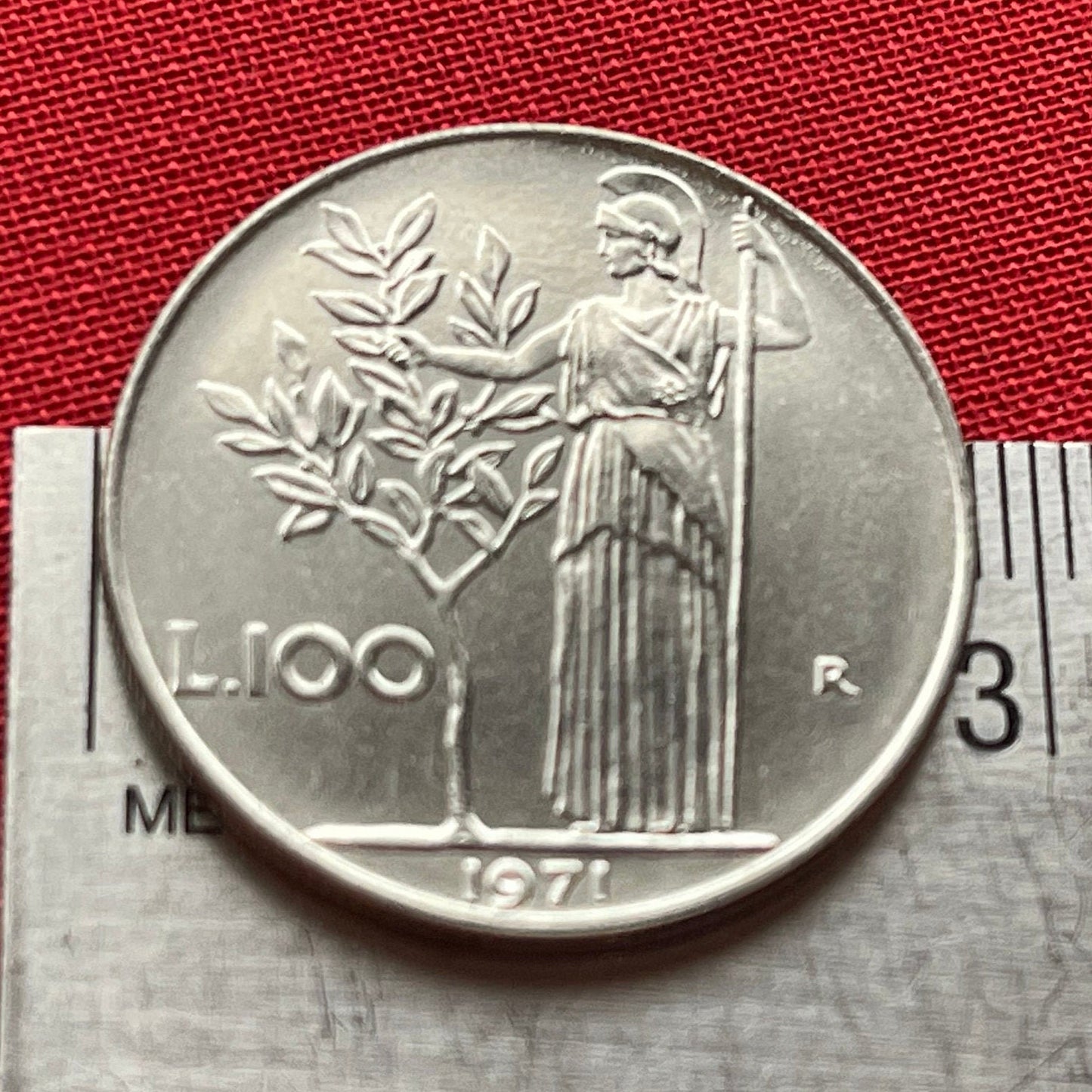
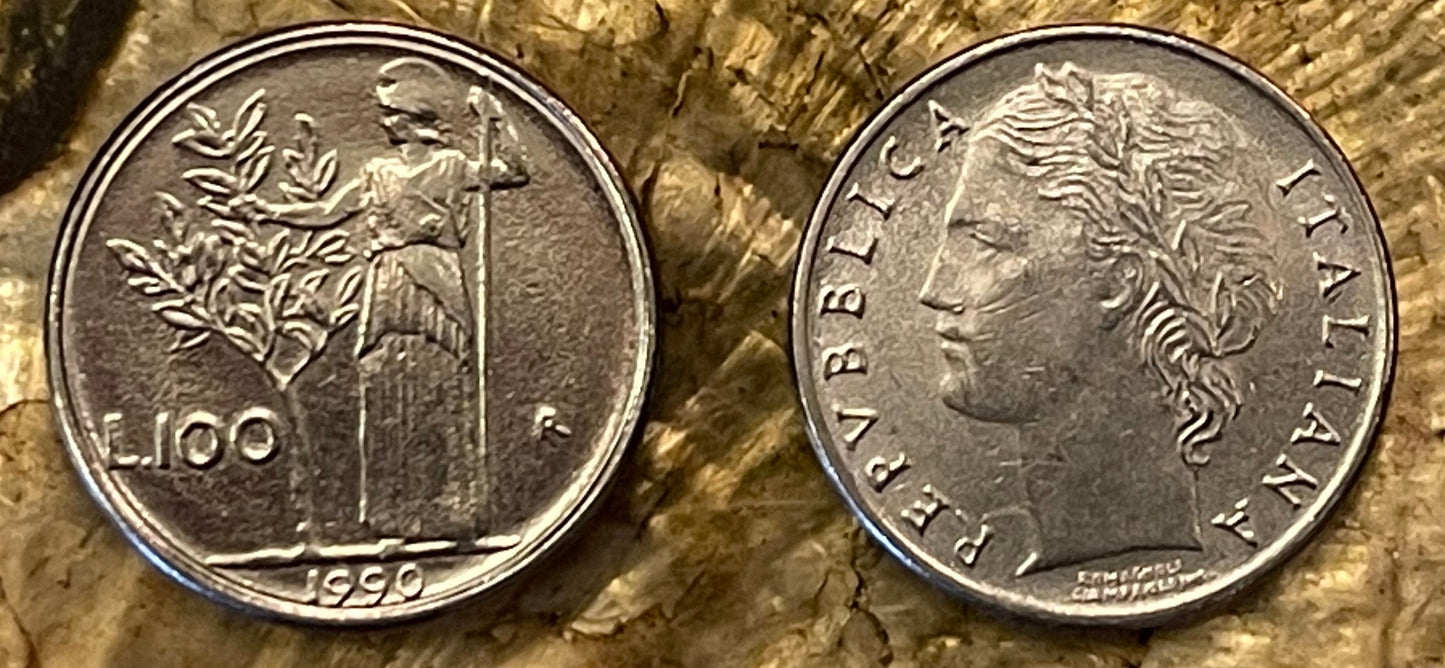
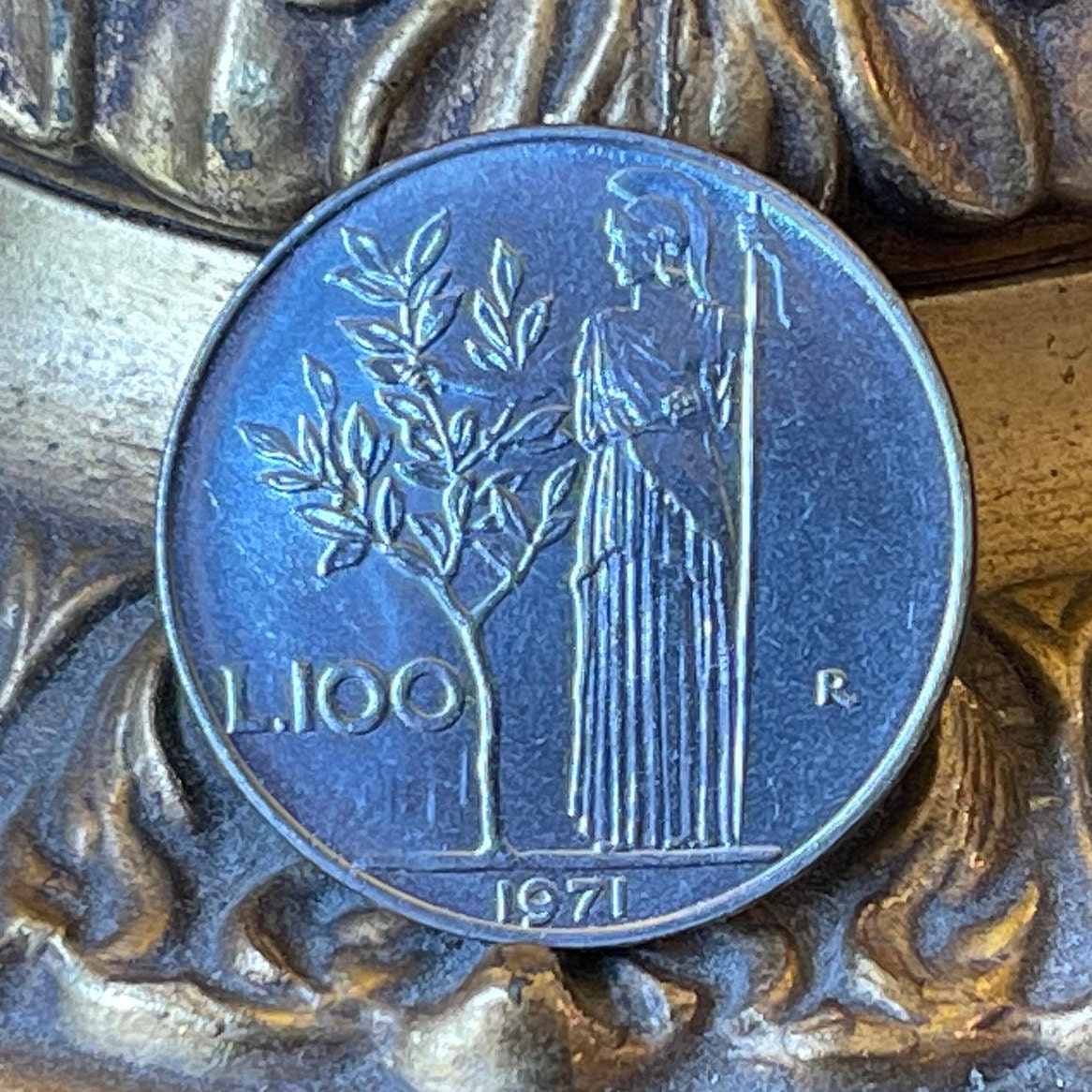
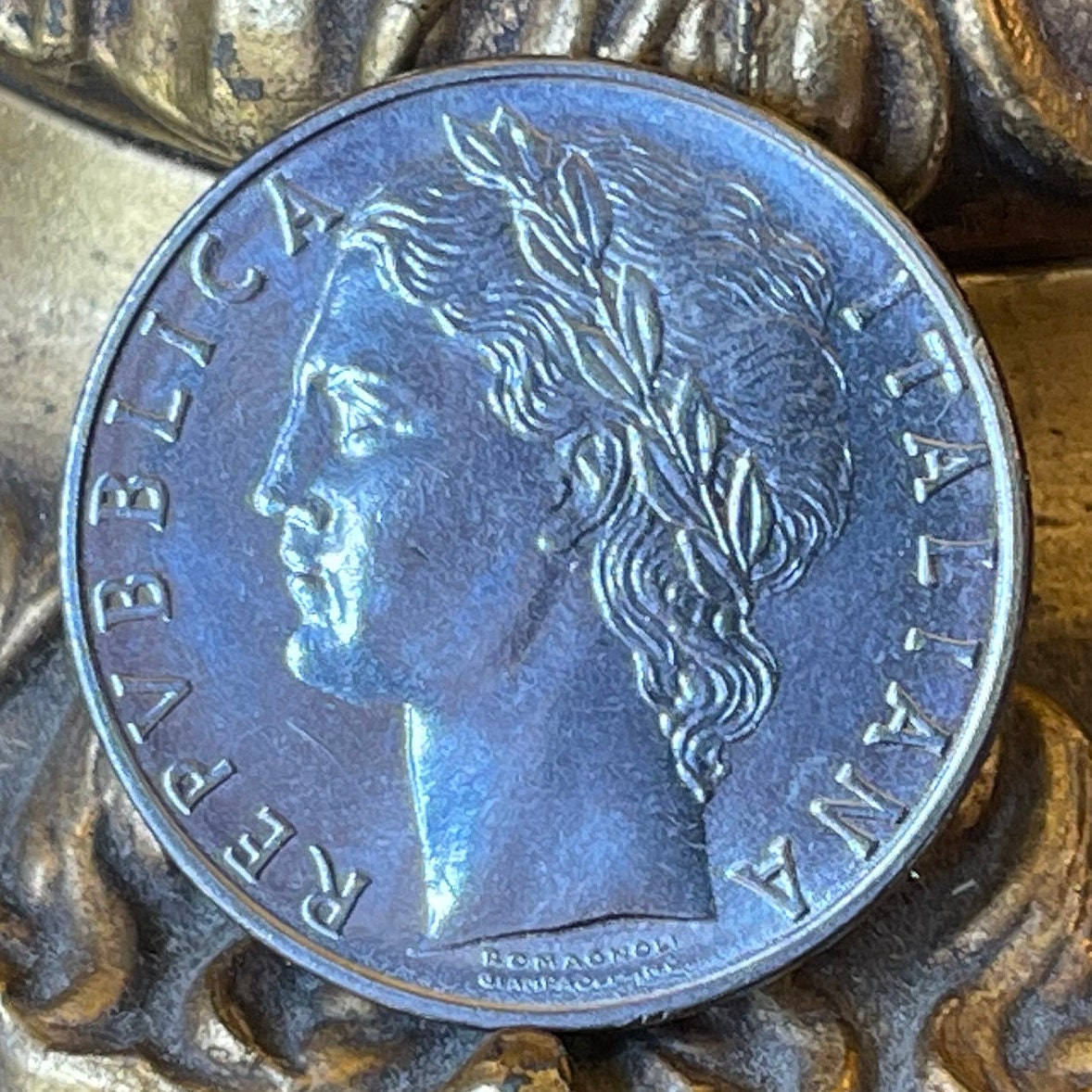
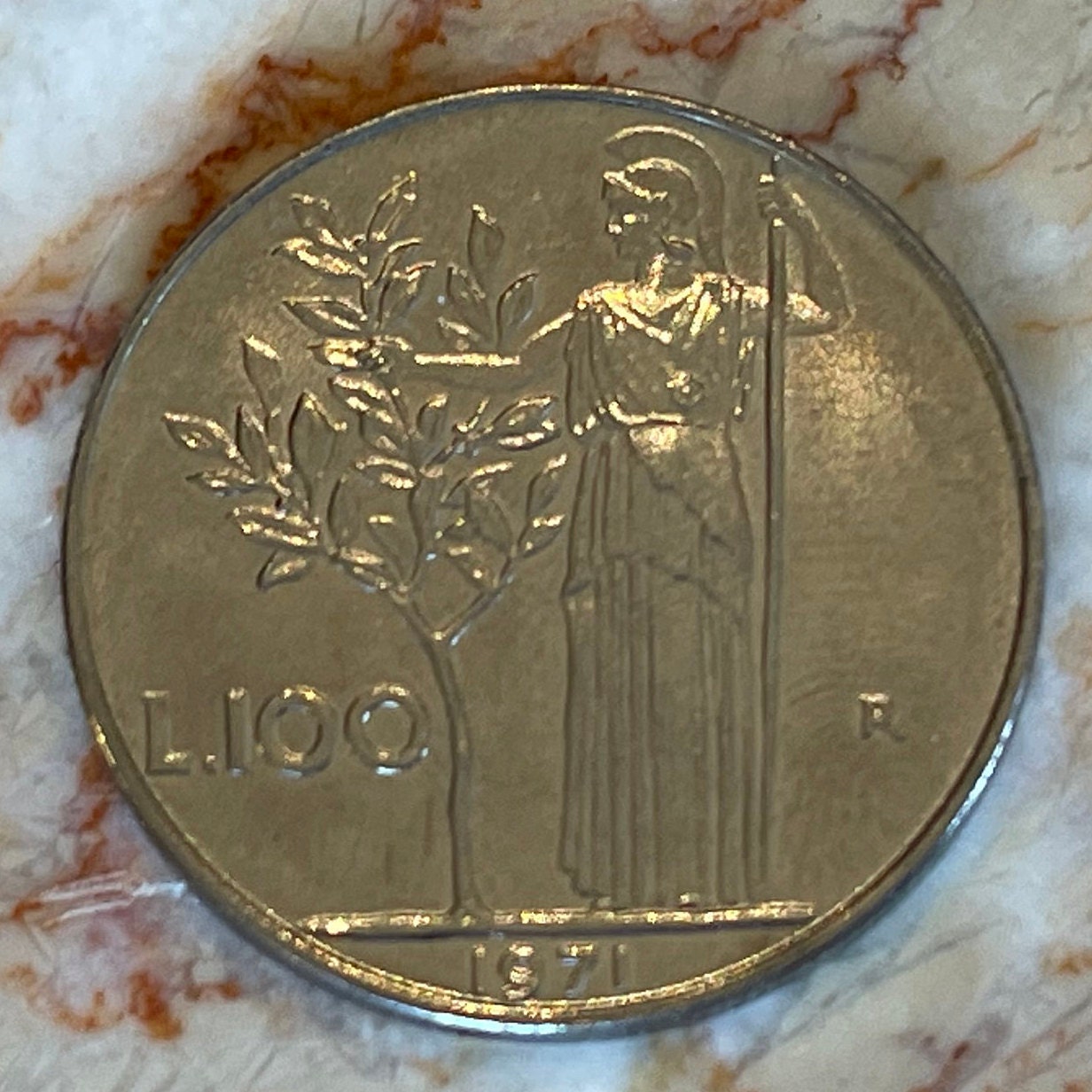
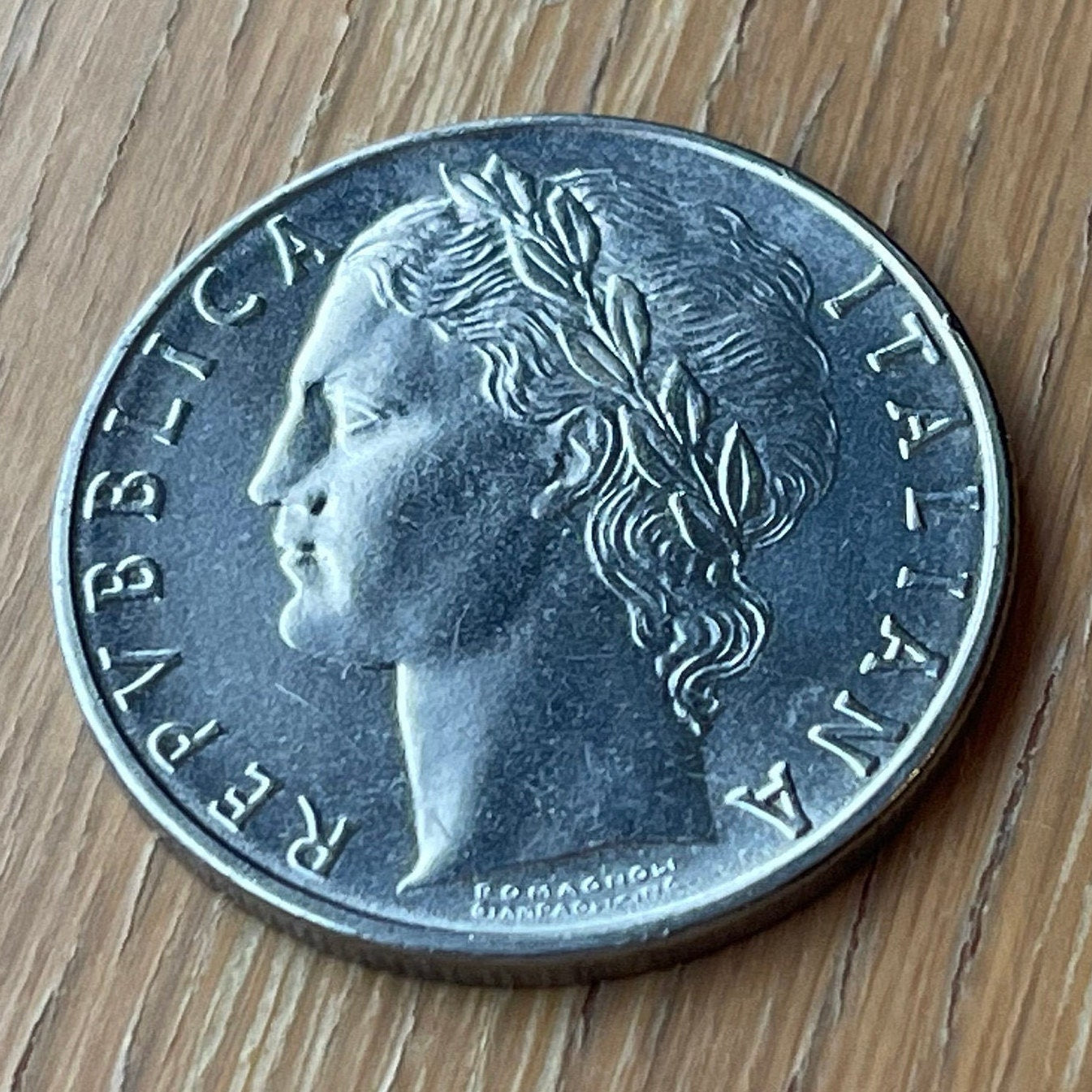
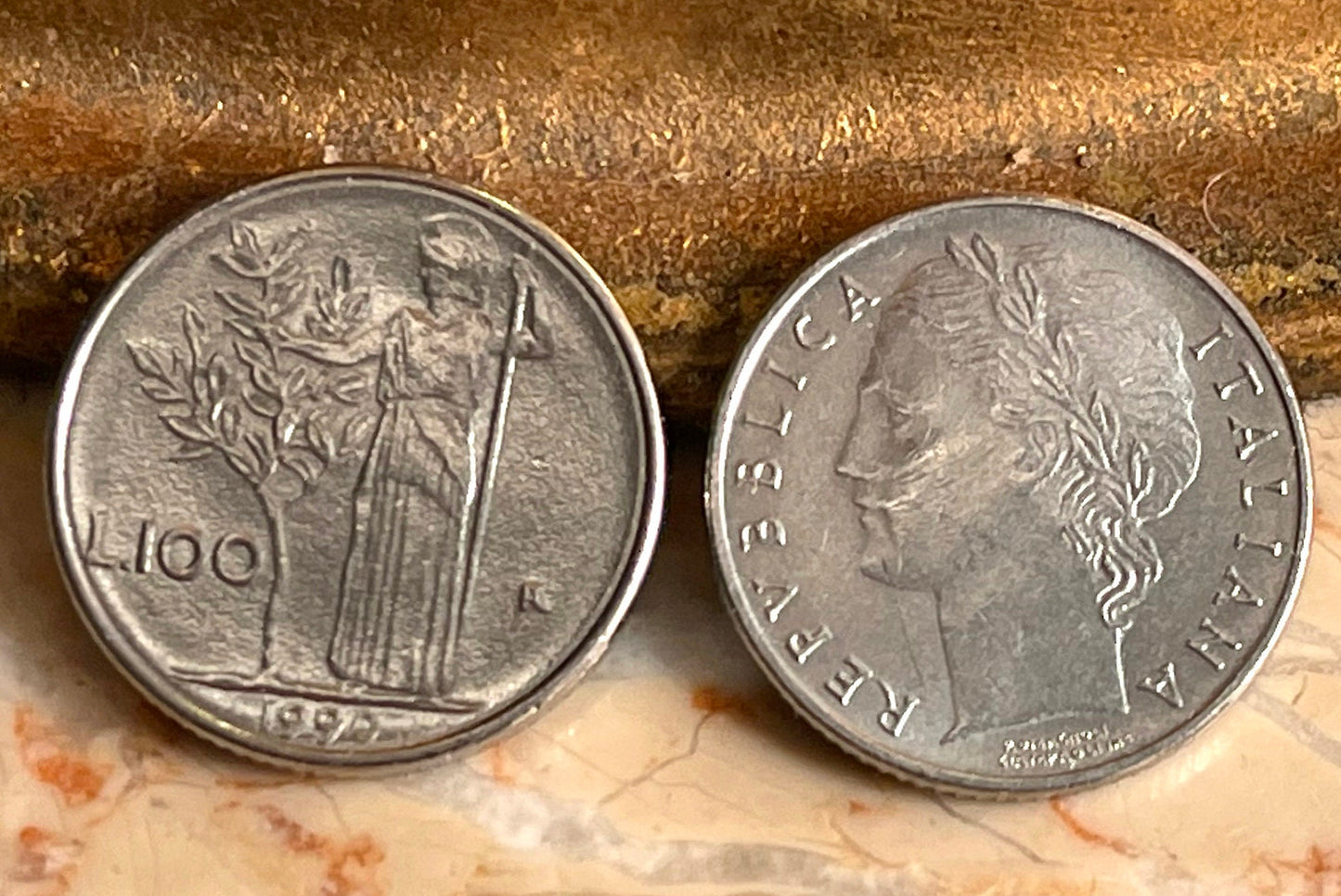
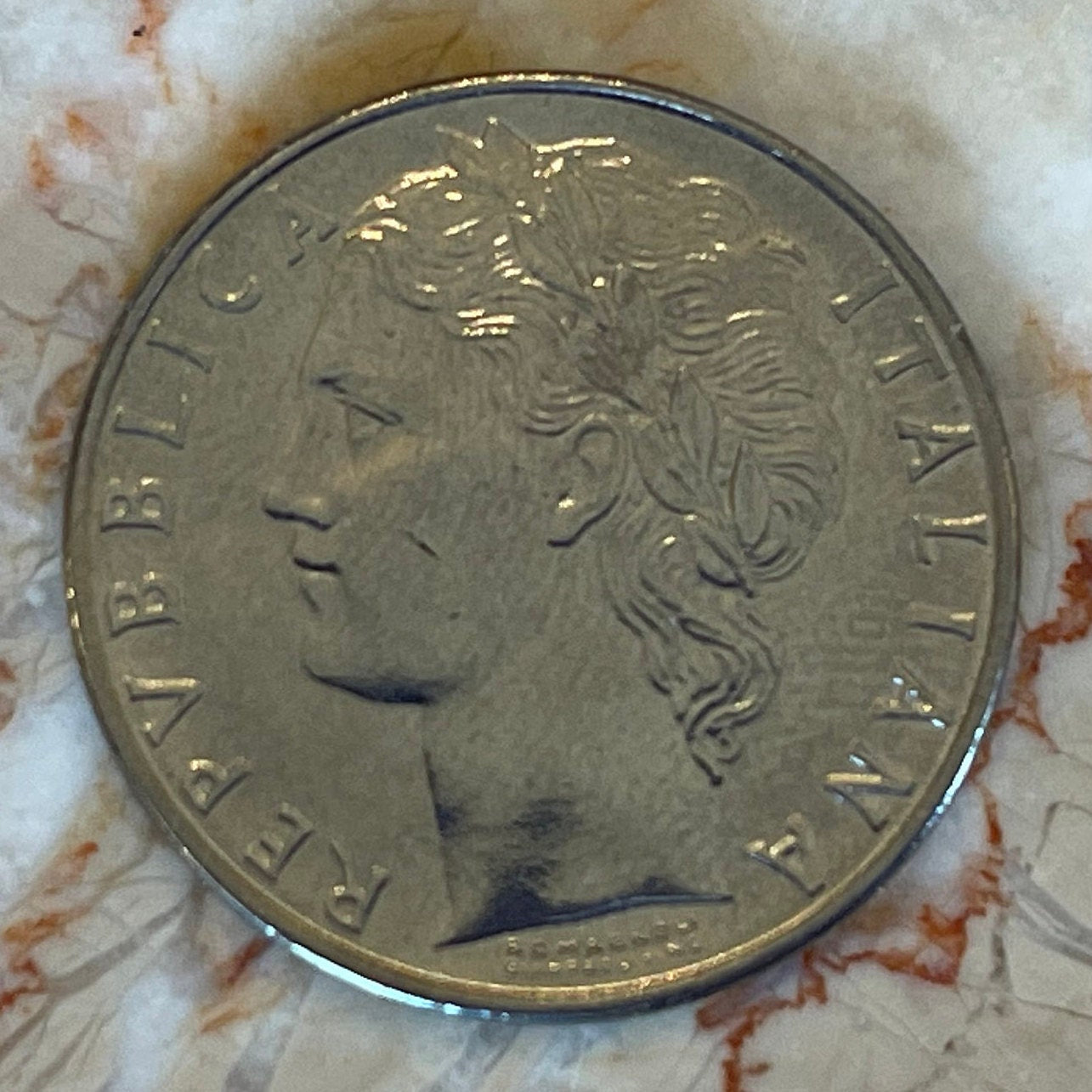
My order was shipped promptly. The coin was packed well, and is exactly as described.- I would order from this seller again.
Fast shipping, as described, thank you :)
5 stars review from Janette
Exactly as described, fast delivery, thank you
Very nice. I bought a few different coins to use in a future craft project. Hope to make use of them soon. Thanks.









